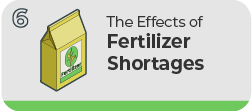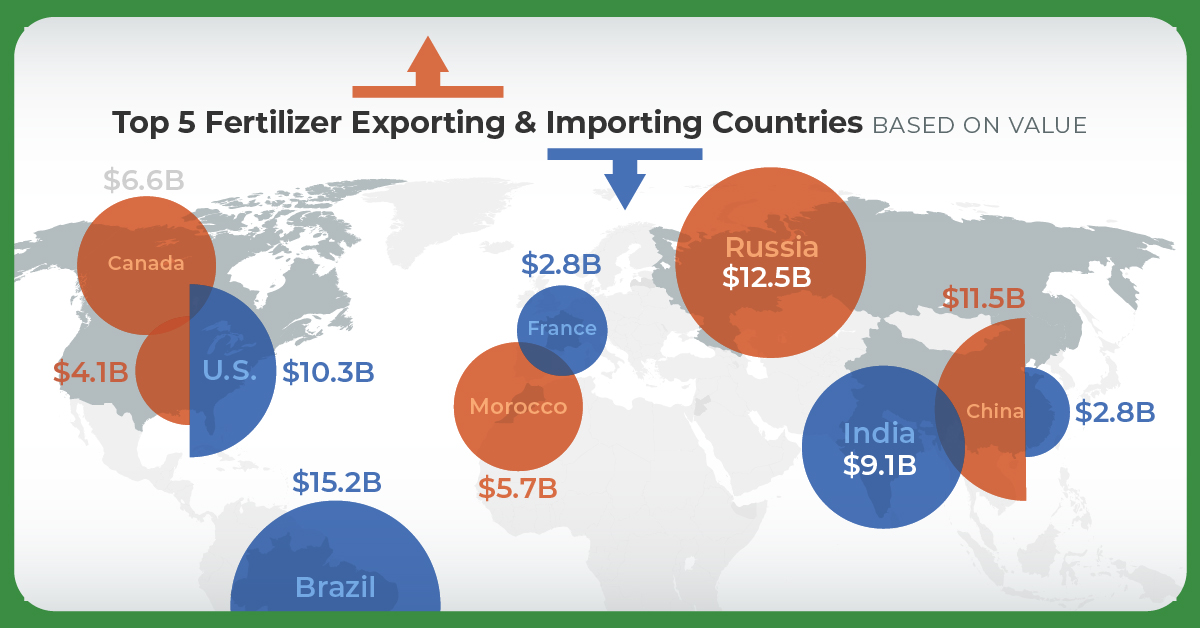The Fertilizer Market: 4 Things Investors Need to Know in 2023

4 Things Investors Need to Know About the Fertilizer Market in 2023
Food security is of crucial importance many reasons—from ensuring both political and social stability, to supporting the health of the global economy.
You may be surprised to learn that fertilizer plays a crucial role in food security by enhancing the quantity and quality of harvests. In short, fertilizers can make food more affordable and accessible.
The above infographic sponsored by Brazil Potash digs into four major trends currently impacting the demand of fertilizer. Let’s break them down here.
1. Feeding 10 Billion People by 2050
The world’s population is increasing rapidly and is expected to reach nearly 10 billion by 2050. This growth is particularly strong in developing countries where food security is already strained.
As the population grows, more crops are needed to support global food systems. Increasing crop production is essential and the fertilizer market is a critical ingredient in improving crop yields.
2. Less Farmland
After around 10,000 to 12,000 years of reshaping land for agriculture, the amount of arable land on earth is declining.
Based on the agricultural expansion predicted to take place between 2010 and 2050, an estimated 593 million hectares of agricultural land—nearly twice the size of India—will be needed.
With little room left to grow, fertilizers will take on an increasingly critical role in boosting crop production.
3. The World Needs More Fertilizer
The global fertilizer market was valued at $163.2 billion in 2021 and is expected to reach $203.5 billion by 2027, growing at a CAGR of 3.9% during period of 2022-2027.
As population growth continues to drive demand for increased crop production, investment in fertilizer production is essential to meet this growing demand.
4. The Global Fertilizer Supply Chain
Supply chain disruptions in the fertilizer market puts global food security at risk.
Farmers’ ability to access a consistent and affordable fertilizer supply directly affects crop yields, production, and food prices.
Increasing the supply of domestically produced fertilizer in countries heavily reliant on imports will support low-cost, sustainable, in-market fertilizer for farmers who need it.
Let’s break down the top five fertilizer-exporting countries based on value, according to Statista.
| Country | Value of Fertilizer Exports, 2021 |
|---|---|
| 🇷🇺 Russia | $12.49B |
| 🇨🇳 China | $11.47B |
| 🇨🇦 Canada | $6.61B |
| 🇲🇦 Morocco | $5.71B |
| 🇺🇸 United States | $4.05B |
On the other hand, here are the top five fertilizer-importing countries, based on value from the same source.
| Country | Value of Fertilizer Imports, 2021 |
|---|---|
| 🇧🇷 Brazil | $15.16B |
| 🇺🇸 United States | $10.29B |
| 🇮🇳 India | $9.12B |
| 🇫🇷 France | $2.8B |
| 🇨🇳 China | $2.77B |
Russia currently dominates the fertilizer market as the largest exporter based on dollar value at approximately $12.49 billion dollars, while Brazil is the largest importer of fertilizer based on an import value of approximately $15.2 billion dollars.
Investing in Brazil
Large agricultural producers that rely heavily on fertilizer imports, such as Brazil, would benefit from a local supply that farmers can easily and affordably access to improve crop production.
Fertilizer company Brazil Potash is engaged in the extraction and processing of local potash ore to increase yields and strengthen crop growth in Brazil.

Interested in learning more? Click here to learn about how you can invest in the fertilizer market with Brazil Potash.

-

 Markets2 months ago
Markets2 months agoThe World’s Top Cocoa Producing Countries
Here are the largest cocoa producing countries globally—from Côte d’Ivoire to Brazil—as cocoa prices hit record highs.
-
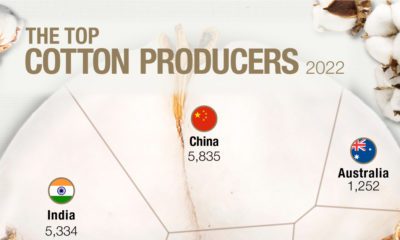
 Agriculture1 year ago
Agriculture1 year agoRanked: The World’s Top Cotton Producers
As the most-used natural fiber, cotton has become the most important non-food agricultural product.
-
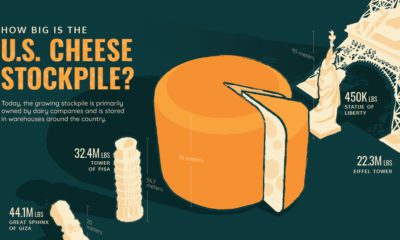
 United States2 years ago
United States2 years agoHow Big is the U.S. Cheese Stockpile?
The U.S. has 1.5 billion pounds of cheese in cold storage across the country—around $3.4 billion worth of cheese.
-
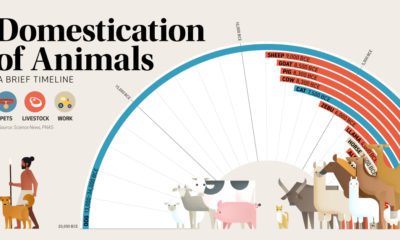
 History2 years ago
History2 years agoTimeline: The Domestication of Animals
This graphic shows a timeline of when 15 different animals became domesticated, based on archaeological findings.
-

 Environment2 years ago
Environment2 years agoVisualizing the World’s Loss of Forests Since the Ice-Age
How much has the world’s land use changed over the last 10,000 years, and how have forests been impacted?
-
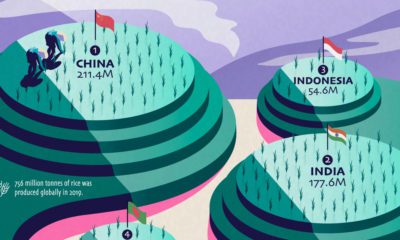
 Agriculture2 years ago
Agriculture2 years agoVisualizing the World’s Biggest Rice Producers
Over half of the world’s population lives on rice as a staple food, but just a few countries dominate global rice production.





